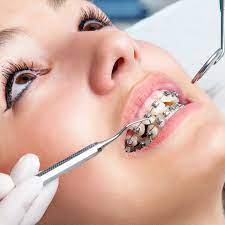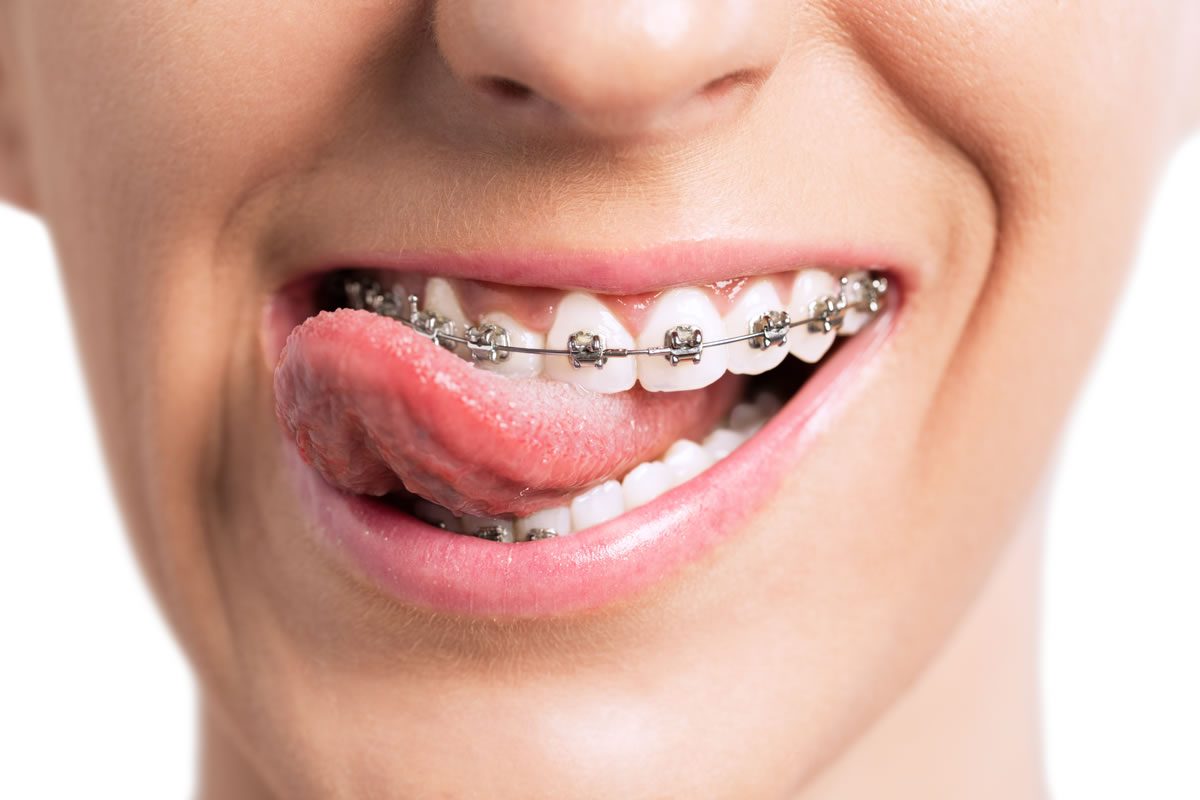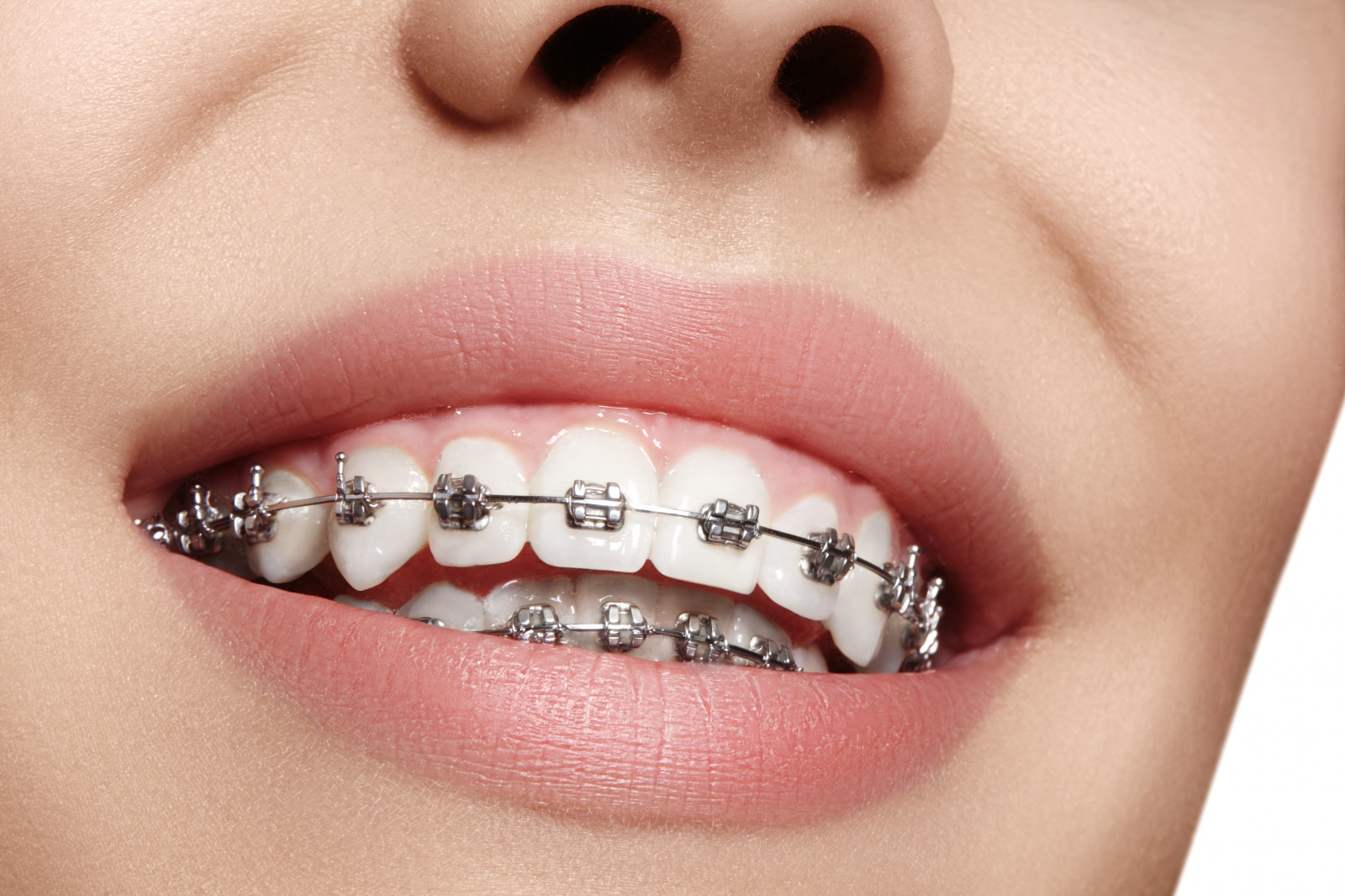What Does Causey Orthodontics Mean?
Table of ContentsGetting My Causey Orthodontics To WorkIndicators on Causey Orthodontics You Need To KnowCausey Orthodontics - TruthsThe Main Principles Of Causey Orthodontics Causey Orthodontics - An OverviewThe Ultimate Guide To Causey OrthodonticsThe Causey Orthodontics Diaries
What is the difference between a dentist and an orthodontist? To address an inquiry that is frequently asked, both dental practitioners and orthodontists aid clients obtain better dental health and wellness, albeit in different means. It assists to bear in mind that dentistry is a rather broad scientific research with various clinical specializations. All dentists, including orthodontists, treat the teeth, periodontals, jaw and nerves.
You can think of both medical professionals who treat gum tissue and teeth problems. The primary distinction is that becoming an orthodontist needs a specific specialty in treating the misalignment of the teeth and jaw.
Causey Orthodontics Fundamentals Explained
An orthodontist is a dental practitioner that has actually undergone training to specialize in the medical diagnosis, avoidance and treatment of irregularities in the jaw and teeth. They can additionally identify possible issues in teeth placement that might develop when conditions are left unattended (best orthodontist).
This includes all the necessary education and learning to become a general dental expert. According to the American Trainee Dental Organization (ASDA), it means you will need to have either a Doctor of Medicine in Dental Care (DMD) or a Medical Professional of Oral Surgery (DDS). To put it simply, orthodontists need to finish oral college and after that acquire an orthodontics specialized education and learning.
Some orthodontists additionally get their masters in craniofacial biology. These programs focus on 2 particular locations or disciplines: Dentofacial Orthopedics: This research study concentrates on assisting teeth and jaw development.
The Main Principles Of Causey Orthodontics

 These include apparatus such as dental braces, retainers and Invisalign. So, what does an orthodontist do, and what do they concentrate on? The total goal of an orthodontist is to enhance a patient's bite. Not every person is birthed with straight teeth, and an orthodontist will guarantee that individuals get equally spaced straight teeth.
These include apparatus such as dental braces, retainers and Invisalign. So, what does an orthodontist do, and what do they concentrate on? The total goal of an orthodontist is to enhance a patient's bite. Not every person is birthed with straight teeth, and an orthodontist will guarantee that individuals get equally spaced straight teeth.
The Best Strategy To Use For Causey Orthodontics
The American Association of Orthodontists suggests your initial check up by age 7. You'll need to see your orthodontist if you have an imbalance in your teeth, likewise recognized as malocclusion. If you notice uneven bite patterns, a slightly askew jaw, or when your teeth are chock-full, you will likely require orthodontic treatment.
In enhancement, we offer flexible treatment timetables, flexible settlement choices and an enjoyable, satisfying experience.
An orthodontist is a dental practitioner trained to identify, stop, and treat teeth and jaw abnormalities. Orthodontists work with people of all ages, from kids to grownups (https://www.gaiaonline.com/profiles/causeyortho7/46778268/).
Little Known Questions About Causey Orthodontics.
Malocclusion, or misaligned teeth, can cause dental concerns, consisting of dental cavity, periodontal disease, and hard or unpleasant chewing. But not everybody is born with straight teeth. If you have a negative bite or big spaces between your teeth, you might intend to seek advice from a dental professional focusing on orthodontic care.
(Picture Debt: DigitalVision/Getty Images) Orthodontists use repaired and removable dental tools, like braces, retainers, and bands, to change the setting of teeth in your mouth. Orthodontic therapy is for dental problems, consisting of: Uneven teethBite issues, like an overbite or an underbiteCrowded teeth or teeth that are too far apartJaw misalignmentThe goal of orthodontic therapy is to boost your bite.
Causey Orthodontics Fundamentals Explained

All orthodontists are dental practitioners, but not all dentists are orthodontists. Orthodontic residency programs use extensive, focused direction for dental professionals. They concentrate on 2 locations: Exactly how to properly and securely relocate teeth How to correctly direct advancement in the teeth, jaw, and faceOnce an orthodontist has actually completed training, they have the choice to come to be board accredited.
Imbalance, or malocclusion, is the most typical reason individuals see an orthodontist. It is hereditary and is the result of size differences in between the top and lower jaw or between the jaw and teeth. cheapest orthodontist near me. Malocclusion results in tooth overcrowding, an askew jaw, or irregular bite patterns. Malocclusion is normally treated with: Your orthodontist attaches metal, ceramic, or plastic square bonds to your teeth.
The Main Principles Of Causey Orthodontics
If you have just minor malocclusion, you may be able to make use of clear braces, called aligners, rather than standard dental braces. Some individuals need a headgear to assist move teeth right into line with pressure from outside the mouth. After braces or aligners, you'll require to wear a retainer. A retainer is a personalized tool that maintains your teeth in position.